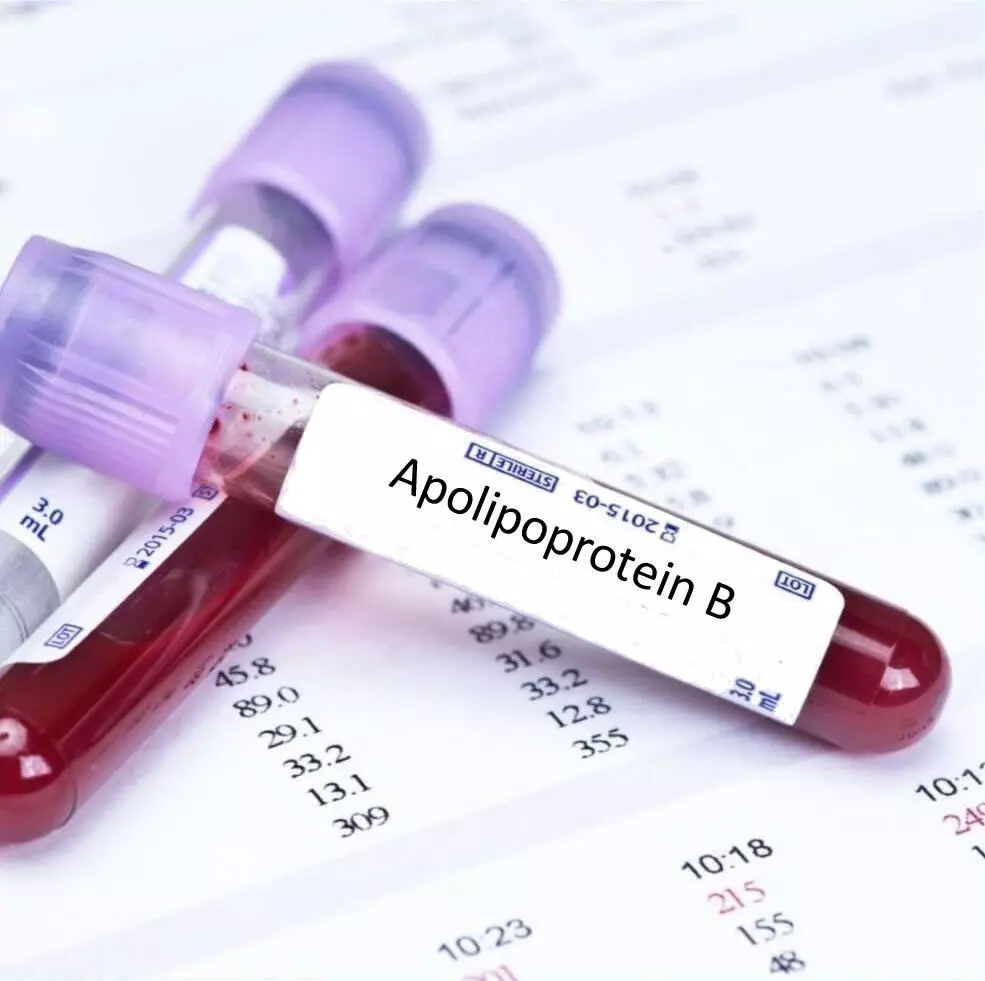Excess Apolipoprotein B closely associated with cardiovascular risks: JACC

A recent large-scale study published in the Journal of the American College of Cardiology highlighted the critical role of apolipoprotein B (apoB) in cardiovascular health. This research from the Copenhagen General Population Study revealed that excess apoB is significantly linked with an increased risk of myocardial infarction (MI), atherosclerotic cardiovascular disease (ASCVD) and all-cause mortality.
This research hypothesized that increased levels of apoB, beyond what is expected from low-density lipoprotein cholesterol (LDL-C) alone, would be associated with higher risks of MI, ASCVD and all-cause mortality. To examine this effectively, the Cox proportional hazards regressions estimated the associations by utilizing a 95% confidence interval (CI). Excess apoB was defined as the measured apoB levels minus the expected levels based on LDL-C with the expected levels derived from linear regressions of LDL-C against apoB in individuals with triglycerides ≤1 mmol/L (89 mg/dL). This study included a substantial group of 53,484 women and 41,624 men who were not on statin therapy to examine the risks of MI, ASCVD and all-cause mortality over a median follow-up period of 9.6 years..
Excess apoB was calculated as the difference between measured apoB levels and the levels predicted by LDL-C. This expected apoB was determined through linear regressions of LDL-C against apoB in individuals with triglycerides ≤1 mmol/L (89 mg/dL). Throughout the follow-up period, there were a total of 2,048 MI incidents, 4,282 ASCVD events and 8,873 deaths reported. The results indicated a clear dose-dependent relationship between excess apoB and the risk of MI and ASCVD in both women and men. Additionally, an increased risk of all-cause mortality was observed in women.
The women with excess apoB levels of 26 to 45 mg/dL had a multivariable-adjusted hazard ratio (HR) of 1.30 for ASCVD when compared to the participants with less than 11 mg/dL of excess apoB. This risk soared to an HR of 1.75 for women with more than 100 mg/dL of excess apoB. Similarly, in men, the HR for ASCVD ranged from 1.14 for the participants with 11 to 25 mg/dL of excess apoB to 1.52 for the particpants exceeding 100 mg/dL. These findings underline that apoB provides significant predictive value for cardiovascular events and mortality, independent of LDL-C levels. This suggests that apoB could serve as a crucial biomarker in examining the cardiovascular risk and customizing preventive strategies. These results highlight the importance of considering apoB levels in clinical assessments which elucidates that monitoring and managing apoB could potentially improve outcomes for individuals at risk of cardiovascular diseases.
Source:
Johannesen, C. D. L., Langsted, A., Nordestgaard, B. G., & Mortensen, M. B. (2024). Excess apolipoprotein B and cardiovascular risk in women and men. Journal of the American College of Cardiology, 83(23), 2262–2273. https://doi.org/10.1016/j.jacc.2024.03.423



